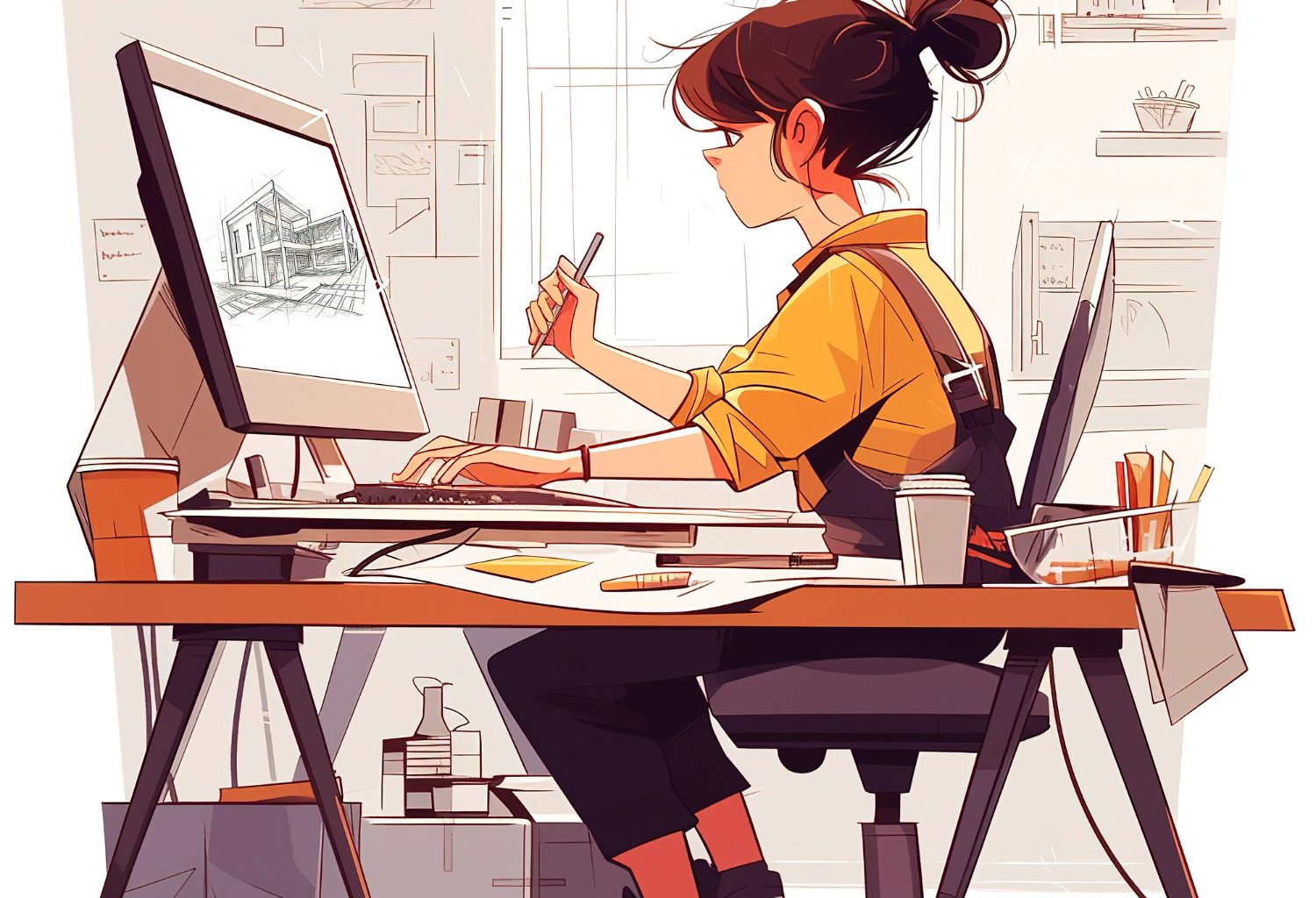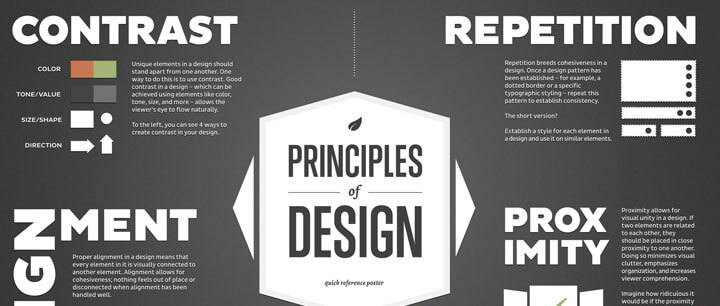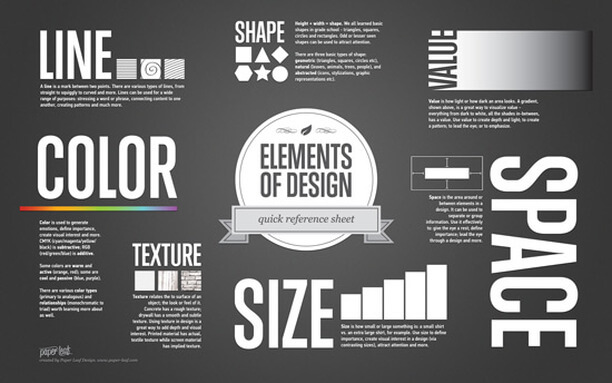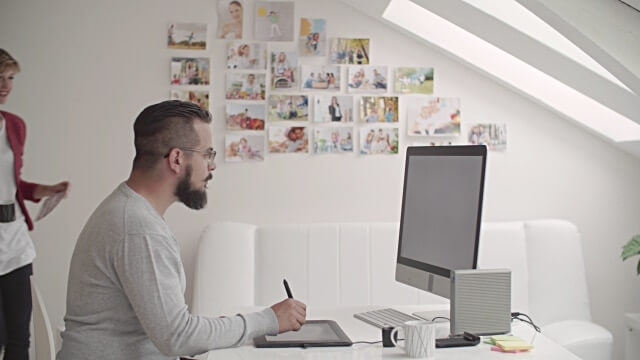Graphic design is one of those careers that sit at the intersection of art, communication, and technology. It’s a field defined by its adaptability, blending visual storytelling with functional aesthetics to communicate ideas effectively. Whether it’s through logos, websites, packaging, or advertising campaigns, graphic design permeates nearly every aspect of modern visual culture.
At its core, graphic design is about solving problems visually. This requires not only creativity but also an understanding of branding, psychology, marketing principles, and user experience. A graphic designer acts as a translator between a brand’s message and its audience, crafting visuals that are both appealing and purposeful.
Demand and Industry Relevance
One of the strongest arguments in favor of graphic design as a career lies in its steady demand across multiple industries. Every company, regardless of its field, needs design in some form. From startups launching new products to established corporations rebranding, from political campaigns to non-profit organizations, all rely on clear and compelling visual communication.
The digital transformation of business and media has significantly increased the relevance of graphic design. With the explosive growth of digital platforms—social media, mobile applications, web interfaces—the demand for digital content has never been higher. This translates into a constant need for designers who can create assets optimized for screen, responsive layouts, and user-friendly designs.
Additionally, the remote-friendliness of design work makes it highly adaptable to the evolving workforce landscape. Freelancing and contract work have become particularly viable in graphic design, offering flexibility for those who prefer non-traditional work environments.
Skill Development and Career Progression
A graphic design career begins with the development of a foundational skill set: proficiency in software tools like Adobe Creative Suite, understanding of color theory, composition, typography, and the principles of design. But beyond technical proficiency, what often separates an average designer from an exceptional one is conceptual thinking and the ability to understand client needs and translate them visually.
The field also offers ample opportunity for growth. Entry-level roles like junior designer or production artist can lead to positions such as art director, creative director, or UX/UI designer. For those who enjoy leadership and strategy, transitioning into brand consultancy or creative strategy is also possible. Others may choose the entrepreneurial route, building their own design studios or freelance businesses.
The learning curve is continuous. Design trends evolve, new tools emerge, and audience preferences shift. This constant need for adaptation can be exciting for those who thrive on learning and staying ahead of the curve, though it can also be exhausting for those who prefer more stable and predictable workflows.
Job Satisfaction and Creative Fulfillment
One of the most commonly cited reasons people are drawn to graphic design is the promise of creative fulfillment. Designing allows individuals to express themselves artistically while working on tangible, real-world projects. Seeing one’s work on a billboard, a product label, or a website used by thousands can be incredibly rewarding.
Moreover, graphic design often brings with it a sense of autonomy. Even within structured corporate environments, designers are frequently given significant freedom in how they approach visual challenges. This blend of structure and creativity can be deeply satisfying for those who enjoy balancing constraints with imagination.
However, the job is not without its pressures. Client feedback, tight deadlines, and the necessity of revisions can sometimes stifle the creative process. The subjective nature of design means that even strong concepts might be rejected, which can be frustrating. A thick skin and strong communication skills are crucial traits for navigating such situations.
Financial Considerations
When evaluating graphic design as a career, financial viability is a key consideration. Salaries vary widely depending on location, industry, experience, and employment type. According to global job statistics, entry-level designers may earn modest incomes, particularly in regions with high competition or a saturated freelance market. However, experienced professionals, especially those in specialized roles like UX/UI or motion graphics, can earn substantial incomes.
Freelancing introduces another layer of complexity. While it offers potential for high income and schedule flexibility, it also comes with challenges such as inconsistent workflow, client acquisition, and lack of benefits. For many, it becomes a balancing act: choosing between the creative freedom of self-employment and the security of salaried work.
Education and Accessibility
Unlike some professions that require extensive formal education, graphic design is relatively accessible. Many successful designers are self-taught or have gained expertise through short courses, bootcamps, and online tutorials. What matters most is a strong portfolio that demonstrates creativity, versatility, and problem-solving ability.
That said, formal education in design can provide valuable advantages. Design schools and university programs offer structured learning, critical feedback, and networking opportunities that can accelerate early career growth. Internships and mentorships obtained through academic institutions often serve as gateways into the professional world.
In today’s interconnected digital age, resources for learning design have become democratized. Platforms like Behance, Dribbble, and YouTube allow aspiring designers to showcase their work, learn from others, and connect with global communities of creatives. This openness makes the field more inclusive, but also more competitive.
Market Challenges and Realistic Expectations
While graphic design offers many rewards, it also comes with challenges that shouldn’t be overlooked. The saturation of the market, particularly in freelance and junior-level roles, can make job-hunting difficult for newcomers. Standing out requires not just talent but strategic self-promotion, networking, and often a niche specialization.
Clients and employers may undervalue design work, leading to budget constraints or unrealistic expectations. The “everyone is a designer” mentality, fueled by drag-and-drop platforms and design templates, has made it harder for professionals to justify their rates and differentiate their value. Building credibility and educating clients on the importance of quality design becomes part of the job.
Burnout is another risk. Long hours, multiple revisions, and creative fatigue can take a toll. Designers who fail to set boundaries or diversify their workload may find themselves creatively drained. Work-life balance is an essential element of long-term career sustainability.
A Multifaceted Career Path
Graphic design can be an incredibly fulfilling, dynamic, and impactful career path—but it’s not a one-size-fits-all profession. It rewards those who are passionate about visual storytelling, curious about human behavior, and willing to adapt continuously to new technologies and trends. The blend of creativity and function makes it a profession with enduring relevance in a digitally-driven world.
While it has its challenges—financial variability, market competition, and creative pressure—these are common to many modern careers. What sets graphic design apart is the opportunity to shape culture, influence perception, and solve problems in ways that are both artistic and strategic.
So, is graphic design a good career? For those who are visually inclined, communicative, and resilient, the answer is a resounding yes. It offers more than just a job—it provides a canvas for lifelong creative growth and meaningful professional contribution.







